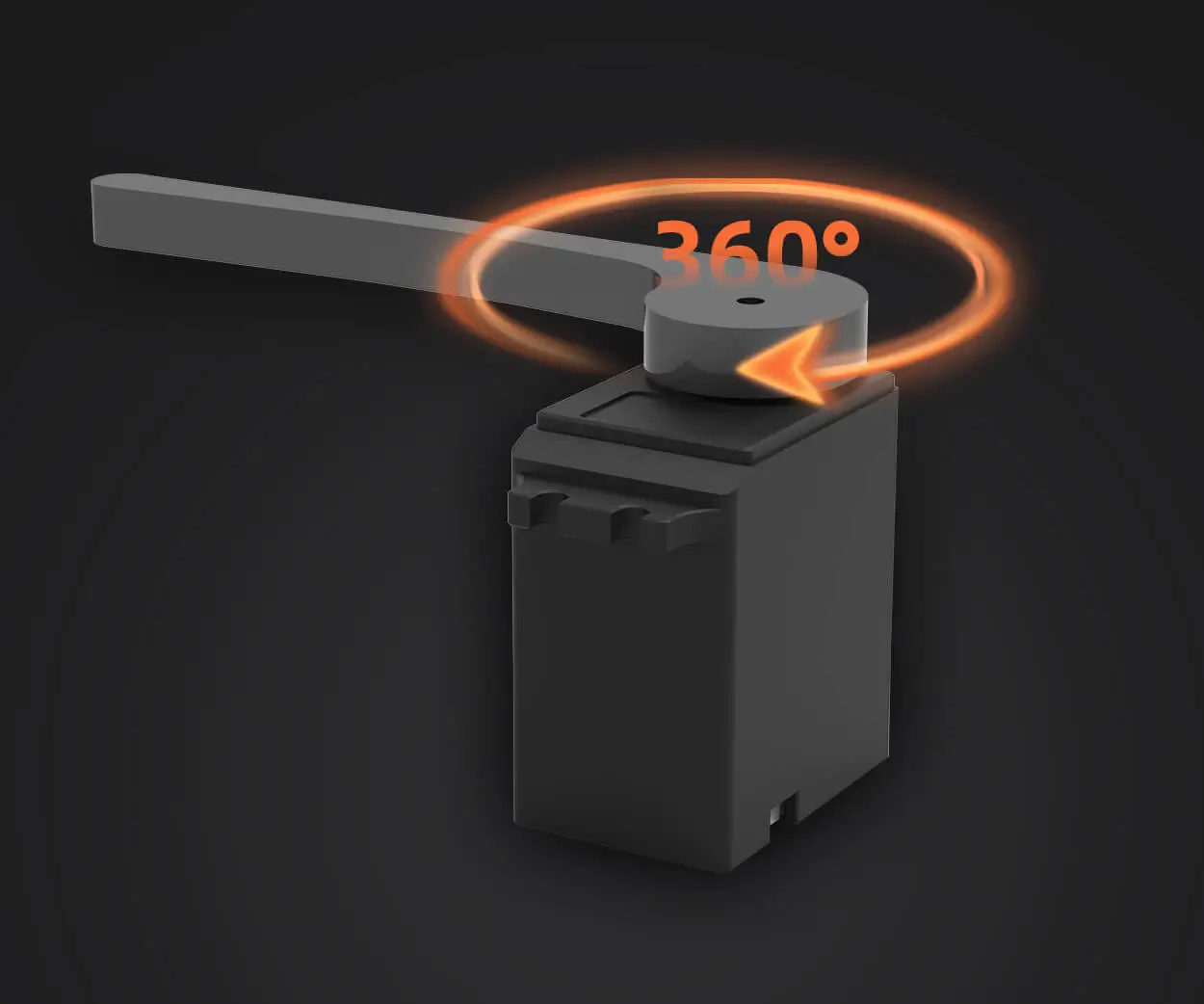Ever wondered how big, complex systems stay flexible and manageable? Microservices architecture is the secret weapon here, allowing developers to break down monolithic apps into bite-sized, manageable chunks. But what really keeps everything running smoothly? The answer often lies in how design patterns are woven into the microservices fabric. These patterns are like pre-packaged solutions, guiding how components interact, scale, and evolve without turning into chaos.

Let’s dive into some of the core design patterns that power microservices. First up, the API Gateway pattern. Think of it like a receptionist managing all incoming requests—routes them, handles security, and even does some initial data transformation. Instead of making each service worry about request management, they focus on their core business logic. It simplifies scaling—add more gateways if traffic surges without hitting a service directly.
Then there’s the Database per Service pattern. Imagine each microservice has its own isolated database—no messy shared tables or tight coupling. It’s like each car in a fleet has its own fuel tank, so a hiccup in one doesn’t spill over into the others. This pattern fosters independence and makes it easier to upgrade or change services without shaking up the whole system.
Next up: the Circuit Breaker pattern. Ever been on a phone call where the line drops? That’s what it prevents—breaking the chain when a service is temporarily down or overwhelmed. Instead of making the entire system fail, it gracefully cuts off faulty links, giving fallback options like cached data or alerts. It’s the safety net that keeps everything from turning into a domino effect.
But how do these patterns fit into real-life? Imagine a retail platform with hundreds of microservices—inventory, orders, payments. The API Gateway directs customer requests, each service manages its database, and the Circuit Breaker keeps the checkout process resilient, even if some parts slow down. It’s like driving a well-oiled machine, where each piece knows its role, and the entire system adapts on the fly.
Thinking about the future, adopting the right design patterns isn’t just a technical choice; it’s a strategic move. They’re vital for scaling seamlessly, maintaining security, and deploying updates quickly. With microservices, the key is to pick the right pattern for the right problem, keeping the entire architecture flexible, resilient, and ready for growth. That’s the power of blending design patterns with microservices—making complex systems feel like a walk in the park.
Established in 2005, Kpower has been dedicated to a professional compact motion unit manufacturer, headquartered in Dongguan, Guangdong Province, China. Leveraging innovations in modular drive technology, Kpower integrates high-performance motors, precision reducers, and multi-protocol control systems to provide efficient and customized smart drive system solutions. Kpower has delivered professional drive system solutions to over 500 enterprise clients globally with products covering various fields such as Smart Home Systems, Automatic Electronics, Robotics, Precision Agriculture, Drones, and Industrial Automation.




































